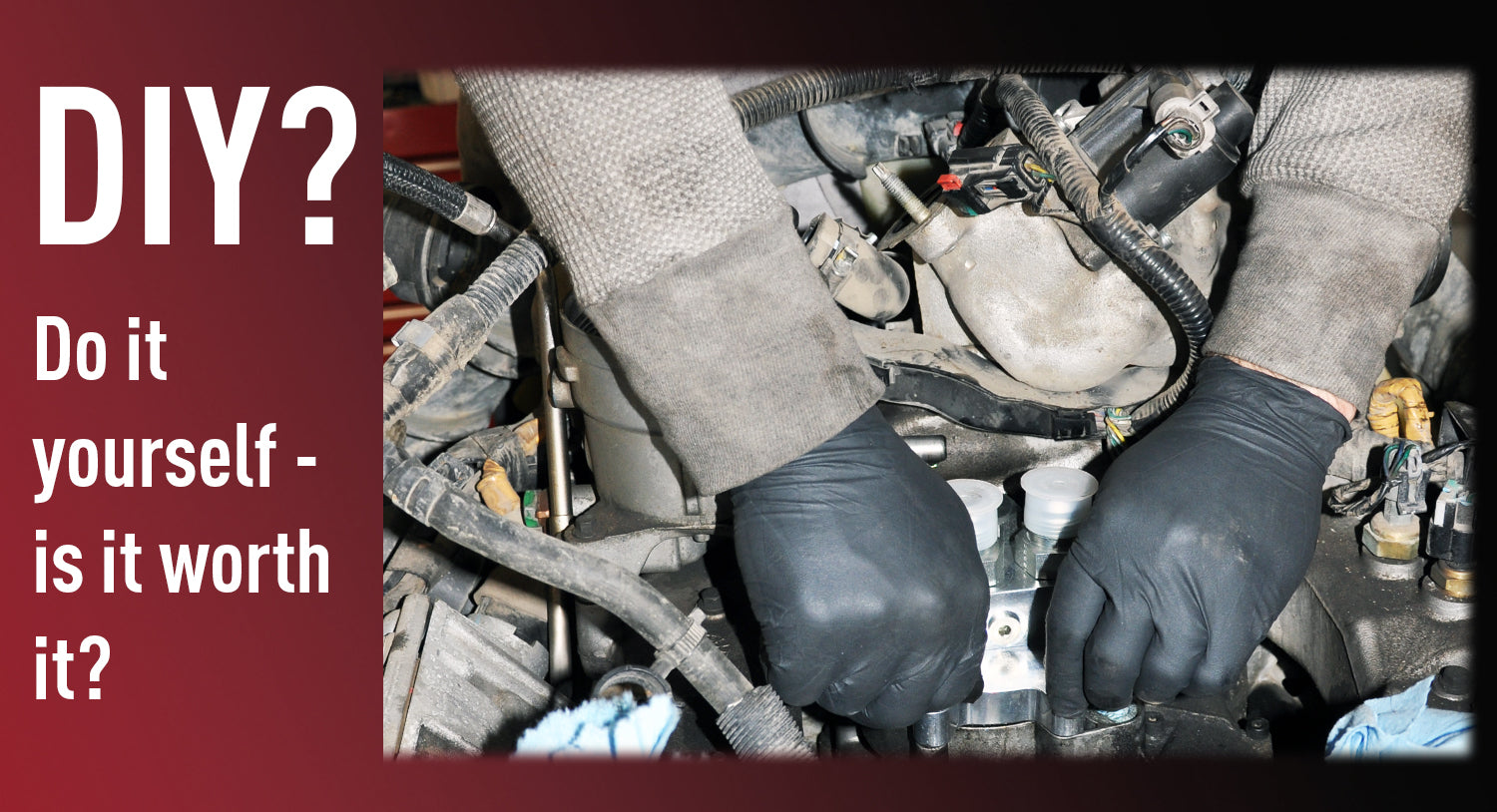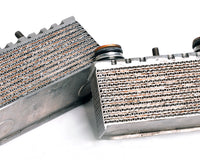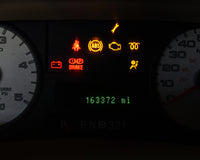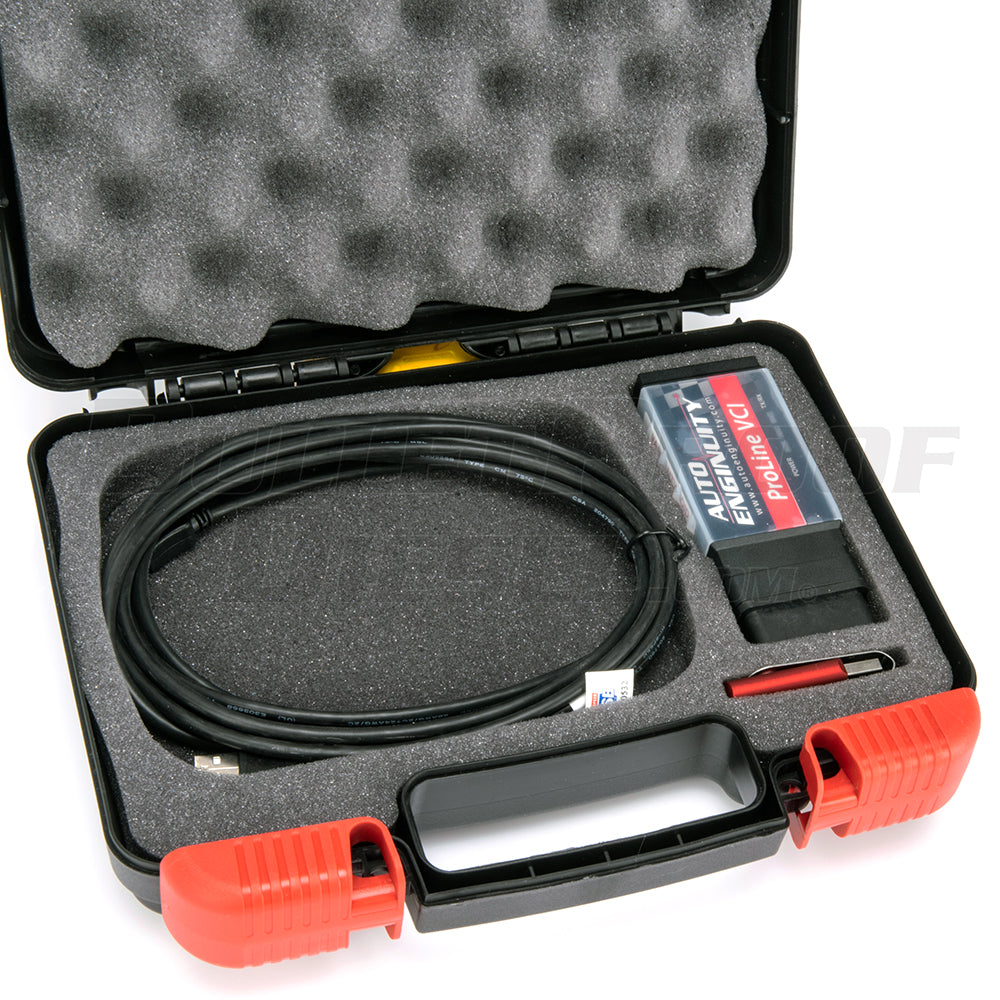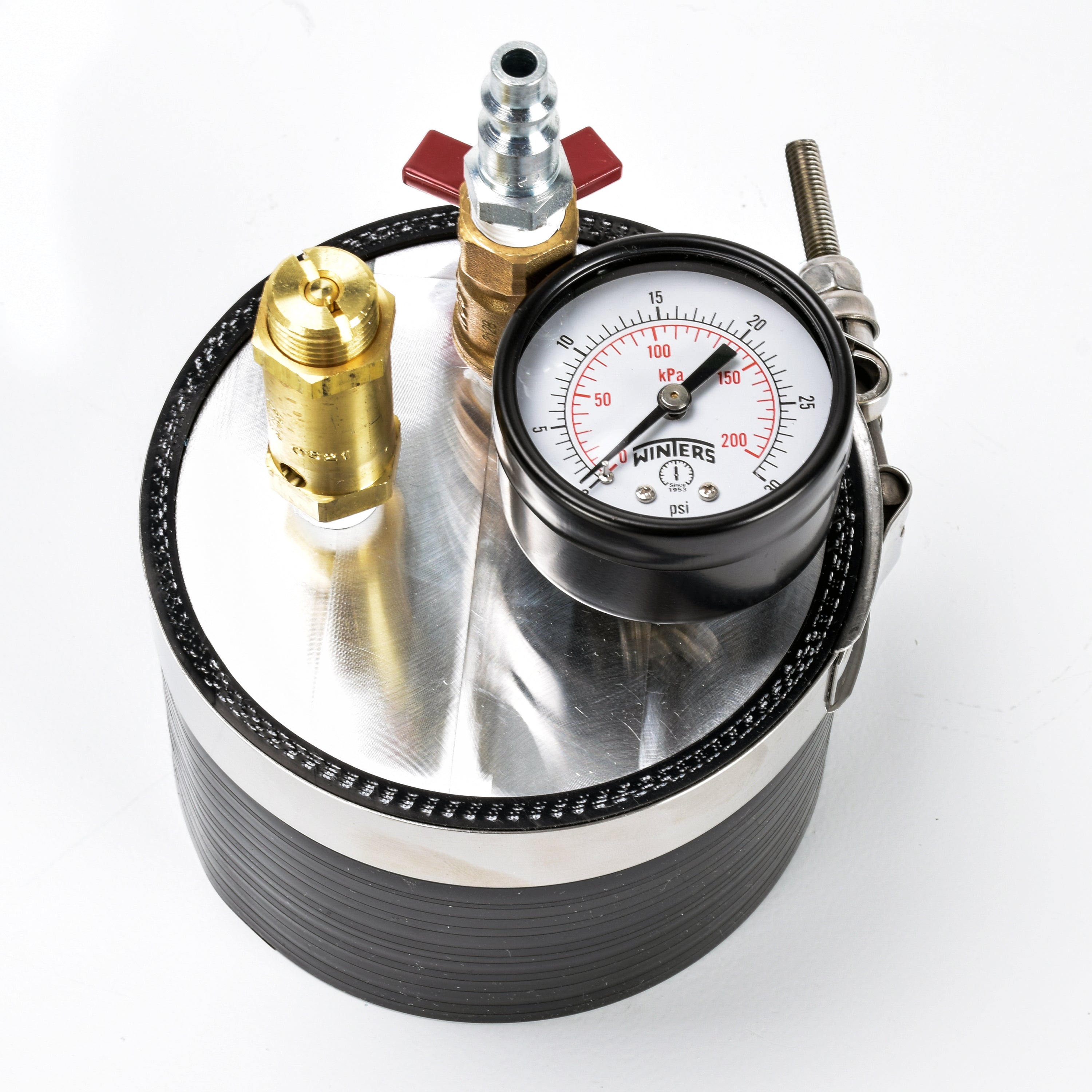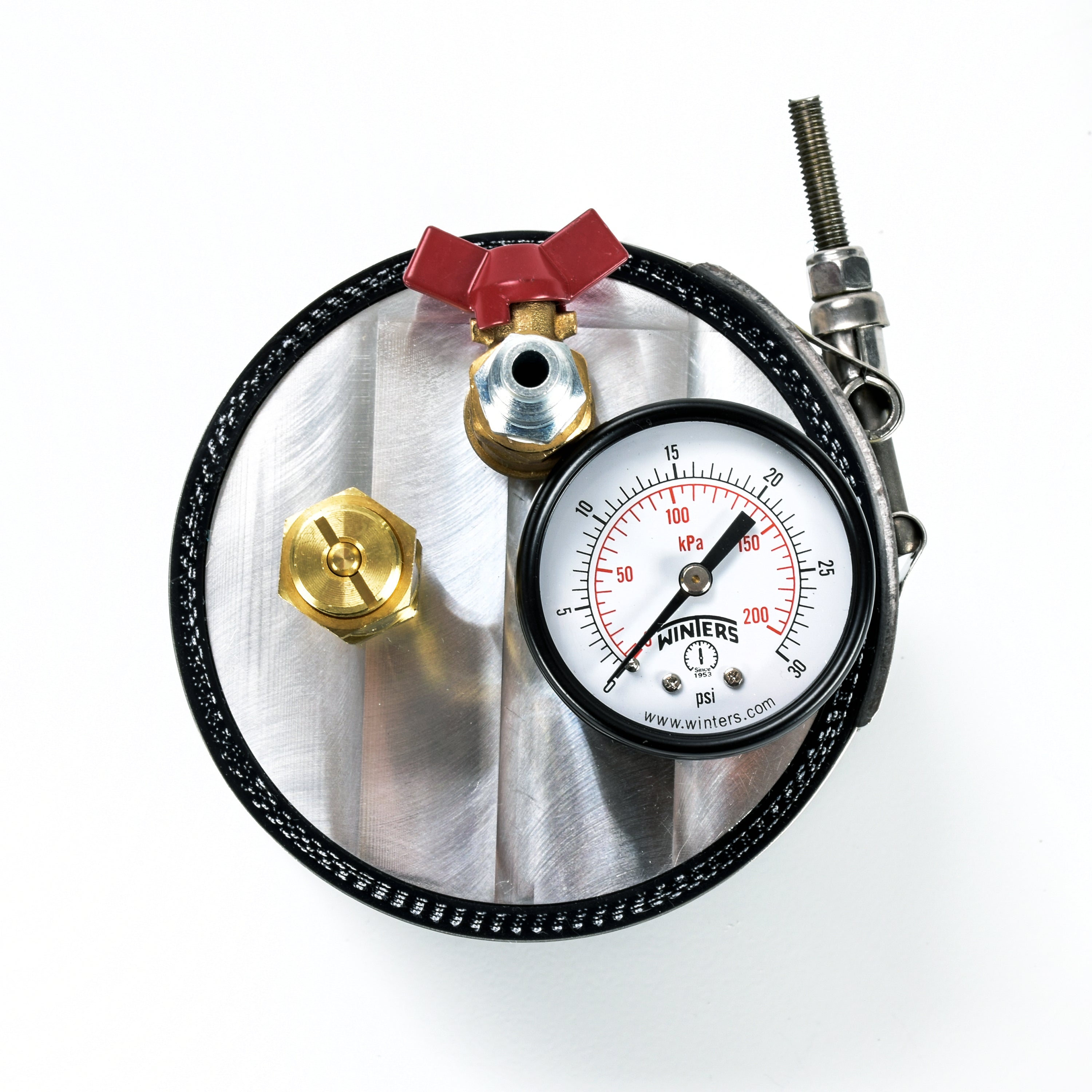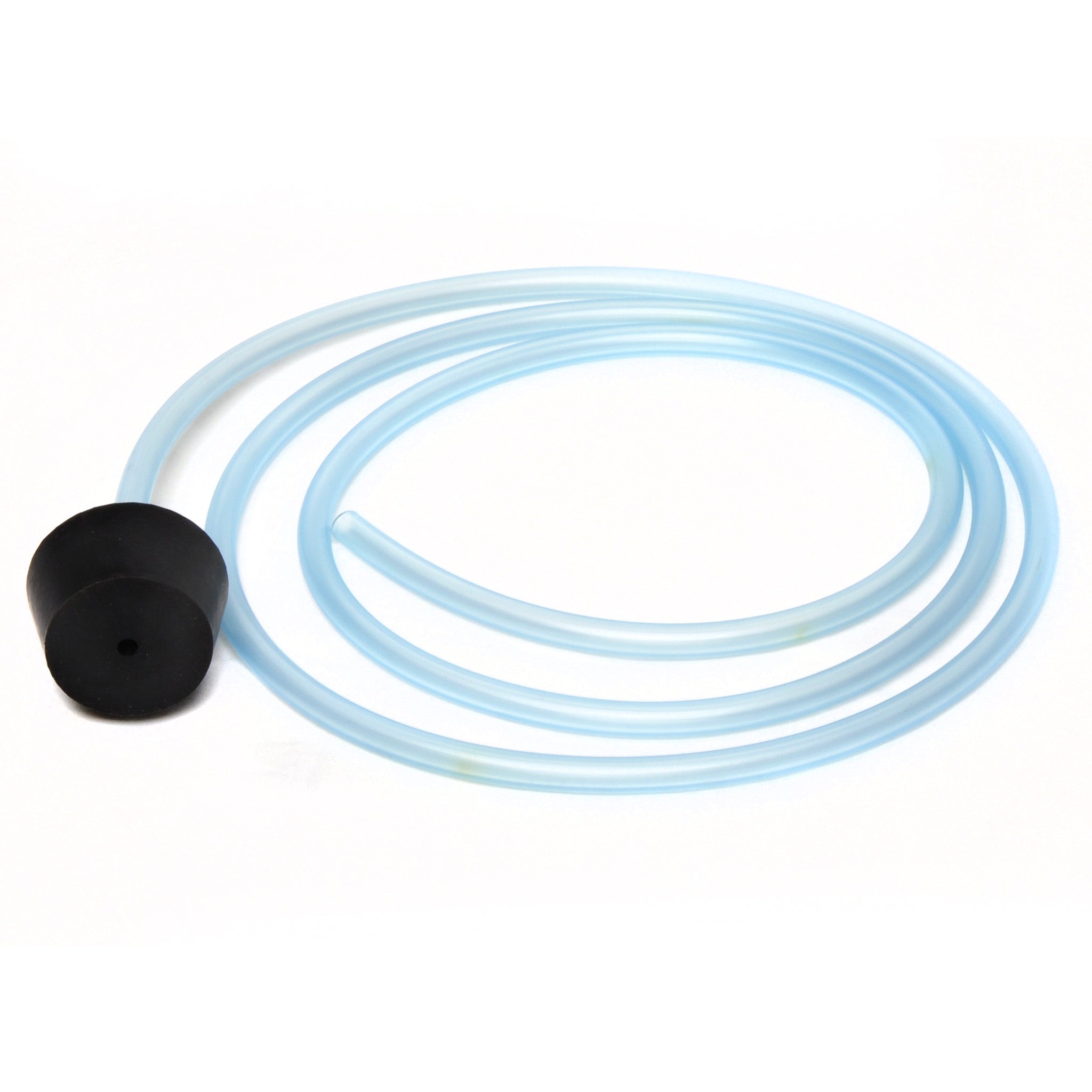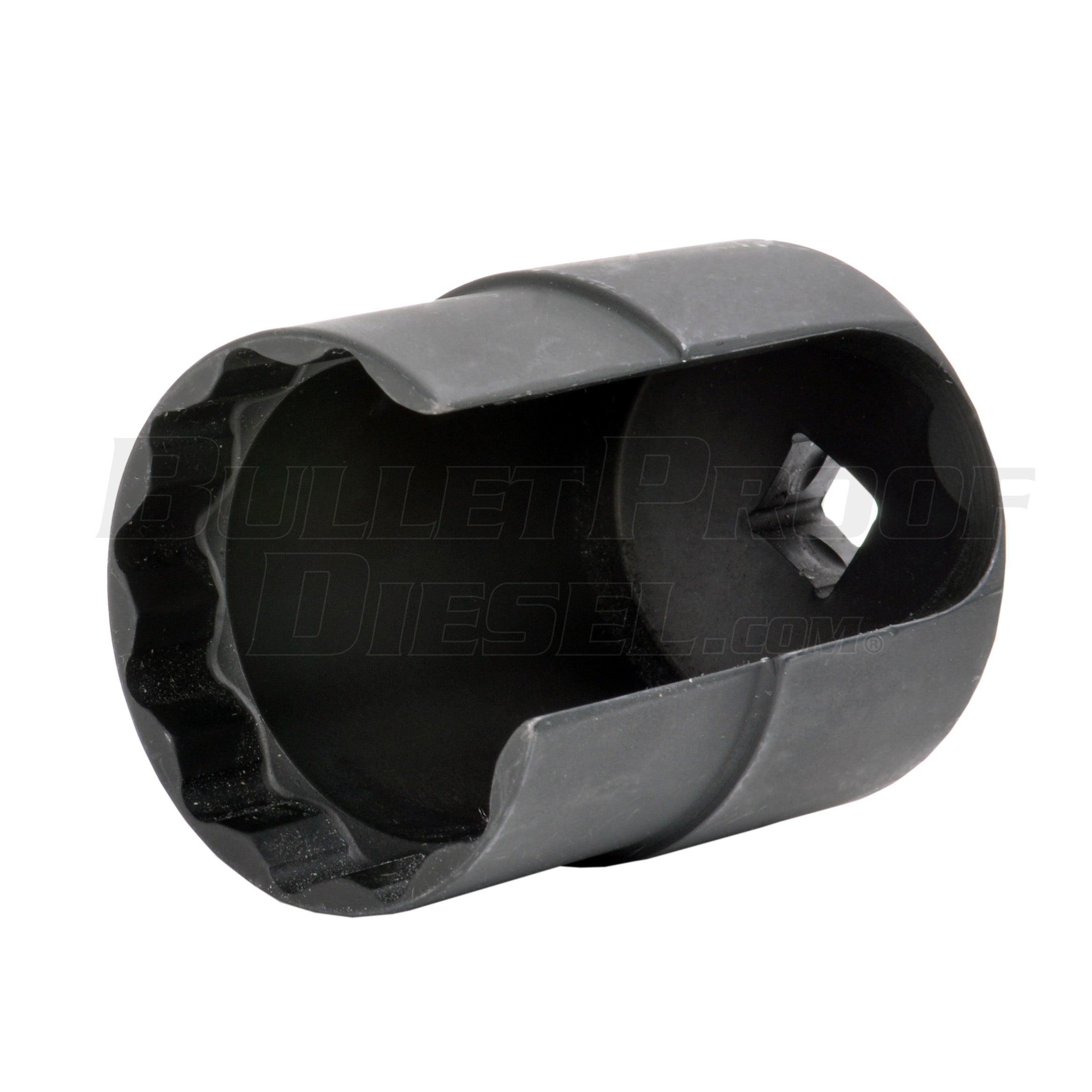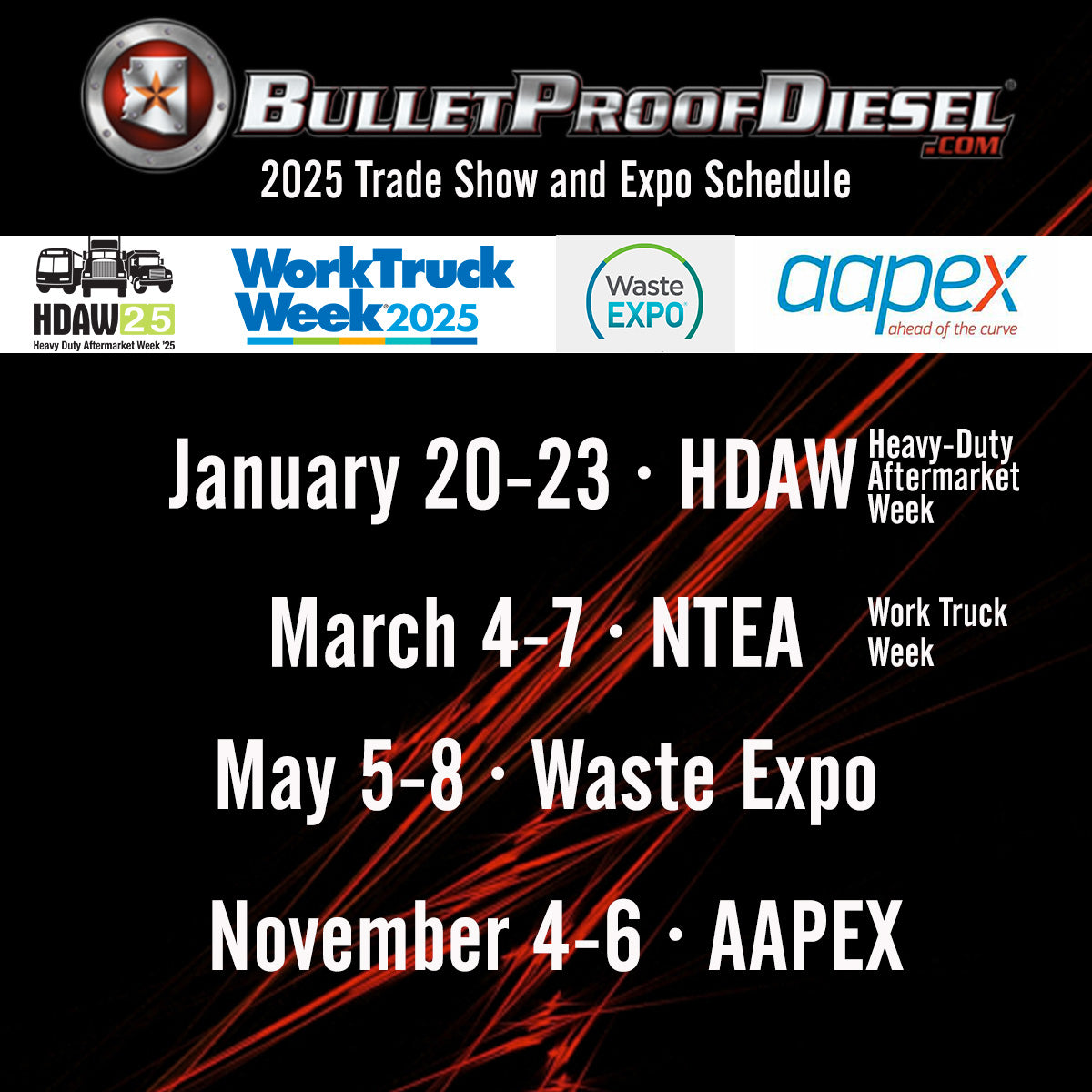The Big Payoffs: Why Go DIY?
Rolling up your sleeves and diving into DIY maintenance for your diesel truck can be one of the most rewarding experiences of ownership. Beyond the significant cost savings of avoiding the shop, there's a deep satisfaction that comes from understanding your machine inside and out. This guide will walk you through the benefits and key considerations of taking charge of your truck's health. We'll cover what it takes to get started, from building your skills and gathering the right tools to knowing where to find reliable information for your specific model.
Unlocking Serious Cost Savings
Let's start with the most obvious advantage: saving money. Shop labor rates can be steep, often exceeding $100 per hour, and diesel specialists can command even more. When you perform the work yourself, you eliminate that cost entirely. You only pay for the parts, and with a little research, you can often find high-quality components for less than what a shop might charge.
Consider a common job like replacing fuel filters. A shop might charge for an hour of labor plus marked-up parts. By doing it yourself in your driveway, you could cut that cost by more than half. Over the life of your truck, the savings from handling routine maintenance—like oil changes, filter swaps, and brake jobs—can add up to thousands of dollars.
The Satisfaction of a Job Well Done
Beyond the financial perks, there's a unique sense of accomplishment that comes from fixing something with your own two hands. Understanding the mechanics of your diesel engine and successfully completing a repair builds confidence. You are no longer just a driver; you become a more capable and knowledgeable owner. This connection to your vehicle is something money can't buy.
Getting Started: Your DIY Game Plan
Jumping into DIY repairs without a plan can lead to frustration. A prepared approach will make the process smoother, safer, and more successful. Think of it as your pre-flight checklist before you grab a wrench.
Honestly Assess Your Skill Level

First, be honest about your current mechanical abilities. Have you changed your own oil before? Are you comfortable working with basic hand tools? If you're a complete beginner, start small. A fuel filter change or an air filter replacement are great first projects. They are relatively simple, require few tools, and offer a great confidence boost.
As you get more comfortable, you can gradually move on to more complex tasks like brake pad replacements or coolant flushes. The key is to build your skills incrementally. Don't make your first project a full engine overhaul.
Building Your Toolbox
You can't do the job without the right tools. While some diesel repairs require expensive, specialized equipment, you can accomplish a surprising amount with a solid foundational set.
The Essentials:
-
A good socket set: Include both metric and standard sizes, with
various drive sizes (1/4", 3/8", and 1/2").

- Wrenches: A full set of combination wrenches is a must-have.
- Screwdrivers: Get a quality set with various Phillips and flathead sizes.
- Pliers: Needle-nose, standard, and channel-lock pliers will be used constantly.
- A torque wrench: Diesel engines have specific torque specs for bolts that are critical to follow. This is not a tool to skip.
Diesel-Specific Tools:
As you advance, you may need items like a fuel filter wrench, a powerful impact wrench for stubborn bolts, and a good OBD-II scanner capable of reading diesel-specific codes. Build your collection overtime, buying tools as you need them for specific jobs.
Finding Reliable Information
Guesswork is your enemy. Always work from reliable, accurate information. A mistake on a modern diesel engine can be costly, so doing your homework is essential.
Your Top Resources:
- Factory Service Manuals: This is the gold standard. These manuals are written by the manufacturer for their own technicians and contain the most detailed procedures, diagrams, and specifications for your truck.
- Owner's Forums: Online forums dedicated to your specific truck model (e.g., Ford Power Stroke, Ram Cummins, or Chevy Duramax) are invaluable. You can find write-ups, watch videos, and ask questions of experienced owners who have done the exact job you're tackling.
- Video Platforms: Watching a video of a repair can clarify steps that are confusing in a written manual. Look for creators who are clear, thorough, and work on your specific year and model.
Navigating the Challenges
While rewarding, the DIY path isn't without its hurdles. Being aware of the potential challenges can help you prepare for and overcome them.
The Time Commitment
Repairs almost always take longer than you think, especially the first time you do them. A job that takes a professional technician one hour might take you three or four. You'll spend time researching, finding the right tools, and double-checking your work. Be sure to set aside a realistic amount of time and avoid starting a critical repair on a Sunday night when you need the truck for work on Monday morning.
Space and Environment
Working on a large diesel truck requires space. You need enough room to move around the vehicle safely and lay out your tools and parts. A garage is ideal, but a level driveway can work just as well. Also, consider the weather. Lying on cold, wet pavement to drain your oil is not just uncomfortable - it can be unsafe.
Knowing When to Call a Pro
Finally, a crucial part of being a smart DIY mechanic is knowing your limits. Some jobs require expensive specialty tools, a vehicle lift, or a level of expertise you don't have yet. Complex tasks like internal engine work, transmission repairs, or advanced diagnostics are often best left to a trusted professional. There is no shame in calling for backup; it’s a sign of a wise owner who prioritizes getting the job done right.

